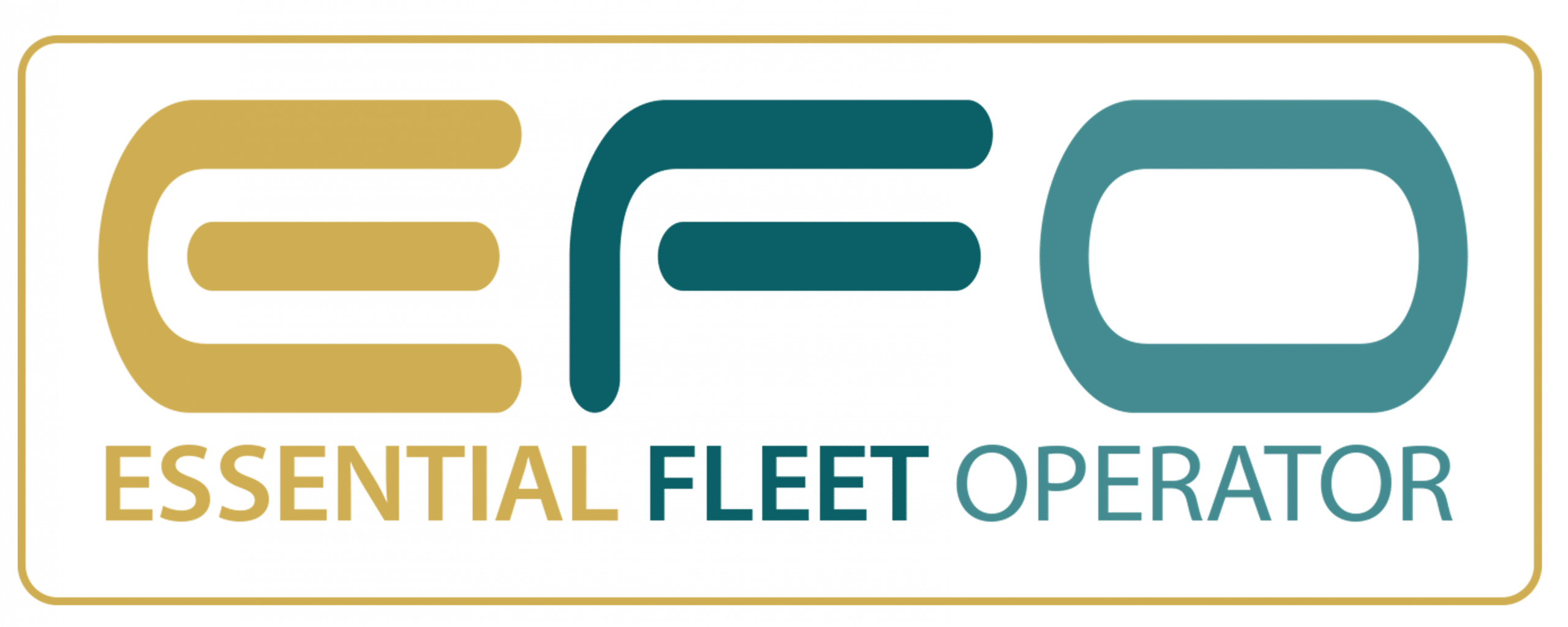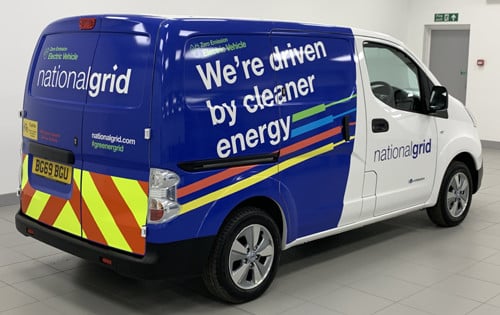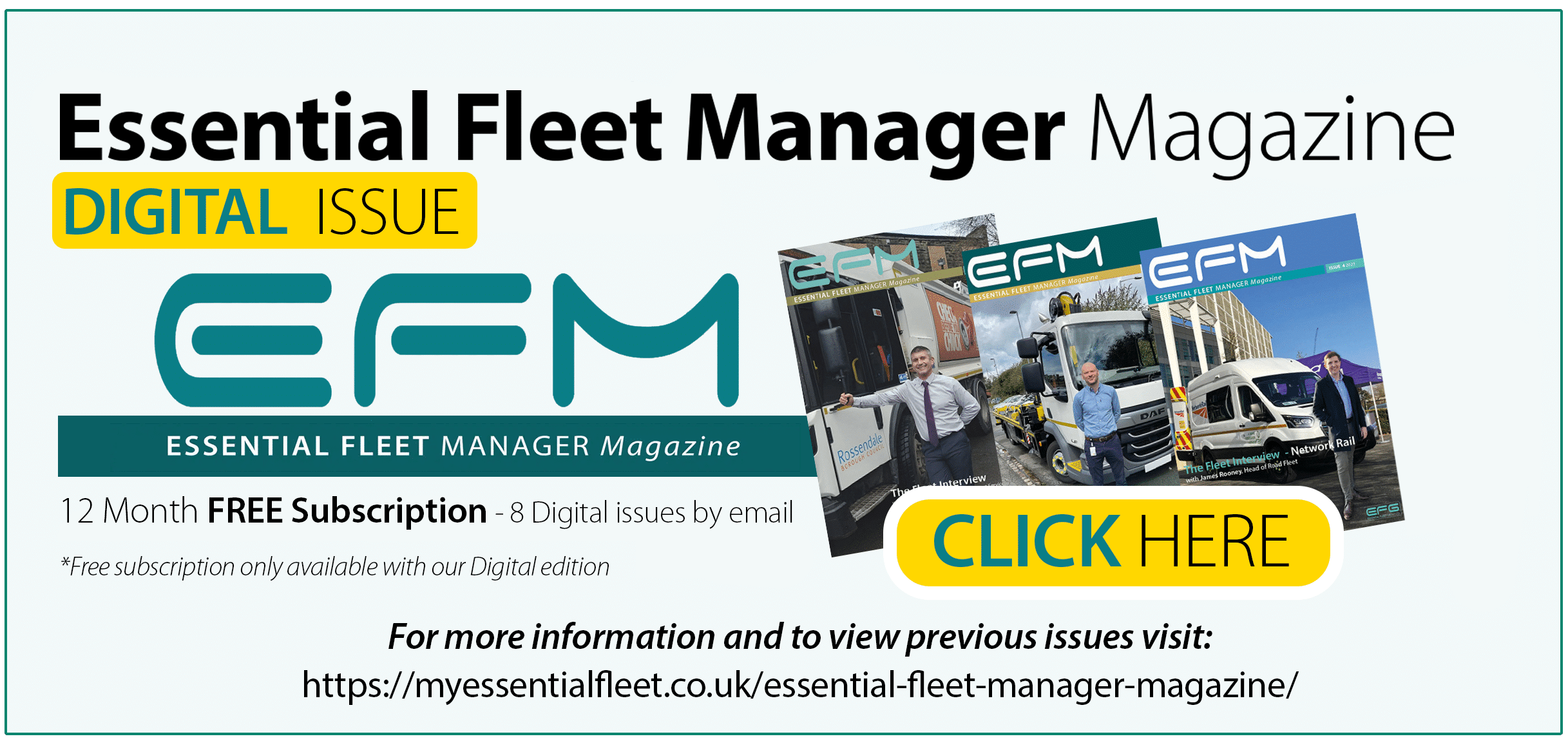With nearly 3,000 cars and vans, switching to low emissions vehicles is part of our commitment to reaching net zero by 2050. Here Fleet Manager Lorna McAtear explains how we’re stepping this journey up a gear and aiming for a fully clean-fuel fleet for 2030.
Lorna McAtear is in charge of the cars and vans our teams need to do their jobs, whether they’re heading out to check a city substation or repairing cabling in a remote, rural area. As part of our corporate commitment to reaching net zero by 2050, she’s working to ensure that all our vehicles are fuelled by cleaner fuel sources than petrol and diesel by 2030. But given this involves upgrading nearly 3,000 vehicles, it’s a transformation that takes forward planning and time.
Driving change
Companies with larger fleets tend to change their vehicles in batches, depending on their age, rather than replacing all their cars and vans in one go. “While our cars are replaced every three years, our vans have a five- to six-year life and some of our heavier vehicles around eight to nine years. This means that we needed to get ahead now if we’re to achieve our net zero ambition by 2030,” explains Lorna.
With this in mind, she plans to stop adding any new petrol or diesel cars in 2027 at the latest and for commercial vehicles this will have to be earlier still. This is well ahead of the UK’s planned ban on the sale of new petrol and diesel vehicles in 2035.
Smaller vans already going electric
In recent months, 30 new e-NV200 Nissan electric vans have joined our fleet, with an additional 30 due before the end of the year. The finances of these work in a similar way to those for the electric cars that we might buy as consumers, in that, at the moment, the initial outlay is higher but running and maintenance costs are lower.
Significant CO2 savings
As much as the finances making sense is important to any business, the key numbers here are for CO2 emissions. The team has calculated that each electric van that replaces a diesel version will cut a total of 20,770 kgs (20.7 tonnes) of CO2 emissions over the six years or so that we expect it to be within our fleet. But multiply that for over a thousand vans and we’re looking at reducing emissions by almost 23 million kilograms by the time the entire fleet is switched to cleaner fuel.
“As much as the finances making sense is important to any business, the key numbers here are for CO2 emissions.”
Covering rough terrain
Some of our teams working ‘out in the field’ are quite literally working out in fields. They need sturdy, larger 4×4 vehicles to help them and their equipment reach off-road locations – often over rough terrain and sometimes in bad weather – and, in these conditions, there aren’t many viable options. “We’re still looking for a zero emissions alternative for 4x4s that go off-road and carry a lot of kit, but we’ll find one,” explains Lorna.
The same applies to ‘plant’ machinery such as mobile elevated working platforms (MEWP), which are used to access overhead lines, and all-terrain vehicles; although our US business is now testing an all-electric digger.
Lorna isn’t set on a particular fuel type for the heavier vehicles and, as well as electric, the team is considering hydrogen or even ammonia options.
She’s still determined to move the switch to cleaner fuel vehicles up a gear, even to the point of exploring options in other countries and bringing them over here, as well as pushing manufacturers for new and innovative options.




